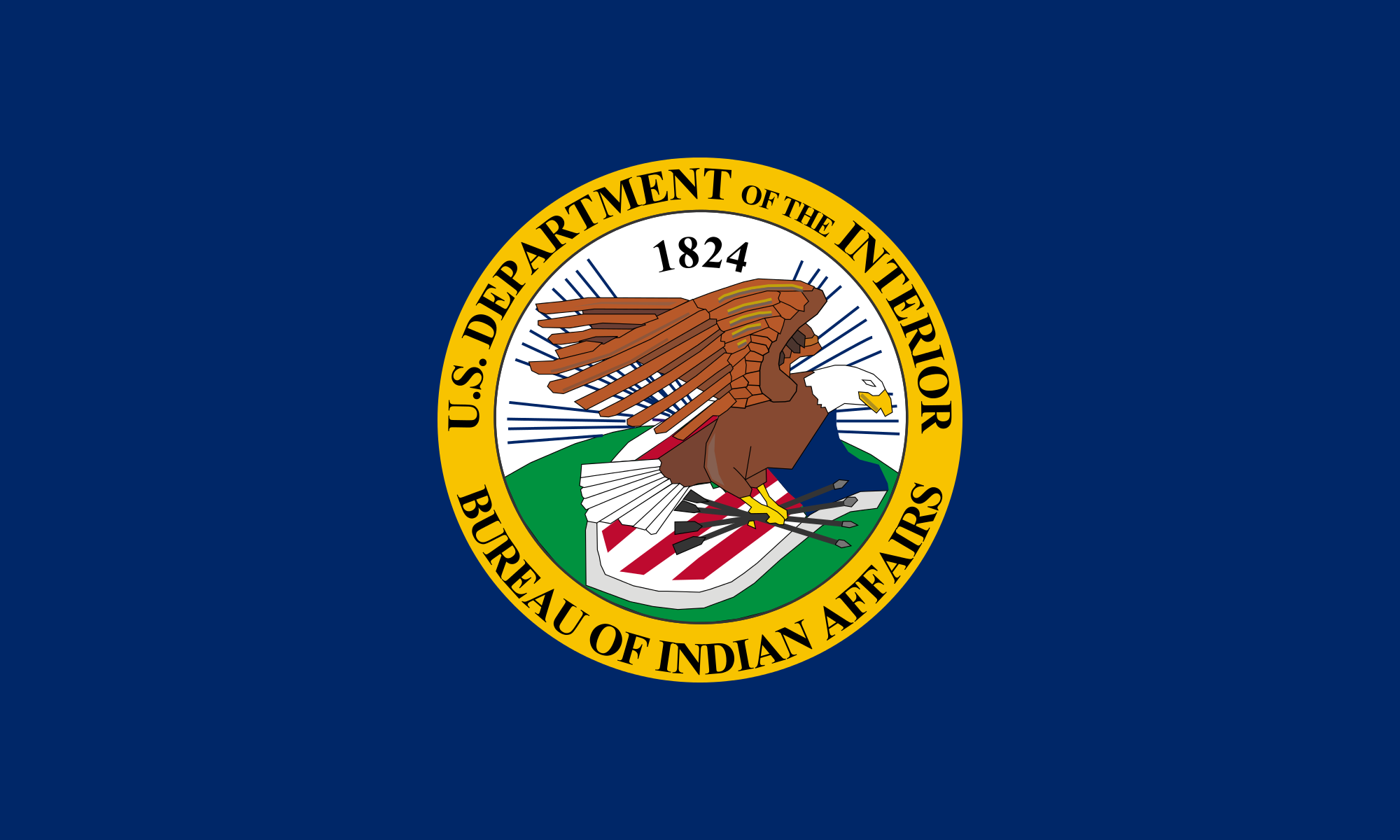
This week’s Torah portion, Parashat Naso, includes the dedication of the Tabernacle the Israelites have been building as they wander through the wilderness. Numbers Chapter 7 recounts the dedication ceremony and includes an incredibly detailed accounting of each gift given by the leader of each Israelite tribe. Every goat, bull, silver bowl and golden spoon is mentioned in the text, along with who gave it. Such a thorough description would have been important to whomever had to keep track of the items in the tabernacle, but it also reminds us of a deeper lesson: the strength of our community is rooted in the contributions we make to it. In order for the Tabernacle to be fully holy, it needed all of the Israelites, and not just the priests, to invest in it.
Congress is now working on their own detailed accounting as well, in the form of the many appropriations bills they hope to pass in order to fund the federal government for the 2017 fiscal year. They will decide how to invest in the government’s many programs, and those decisions will directly impact the strength and vitality of communities around the country. This is especially true for Native American tribes, who receive funding for many of their health, education and public safety programs from the federal government.
Native Americans are set to make gains in a number of areas, including education and housing, under appropriations bills that are currently being considered. On June 7, the Senate Appropriations Subcommittee on Labor, Health and Human Services, Education, and Related Agencies approved a bill that would increase Impact Aid, which benefits schools on Native American reservations and military bases, by $10 million. This is especially important as schools on tribal lands have been an area of major concern. “Serious health and safety hazards” have plagued many of these schools, in part due to poor funding.
Native Americans and Native Hawaiians could also receive $9 million more in block grants for housing and community development. This funding was included in the Transportation, Housing and Urban Development bill that the full Senate passed on May 20, and will help tribes build more affordable housing for all residents, as well as living spaces for skilled professionals in fields such as education, health care and public safety.
As the Senate and House both work on appropriations bills, it will not be clear how much money reaches Native American communities until Congress reaches a final budget deal. In the meantime, it is encouraging to see that their detailed accounting does not leave out these often-overlooked members of our society. To learn more about the Reform Movement’s position on Native American issues, visit RAC.org.
Related Posts

Native American Heritage Month: Continued Support for the Indigenous Population is a Necessity
Concern for Safety of Protesters at Standing Rock


